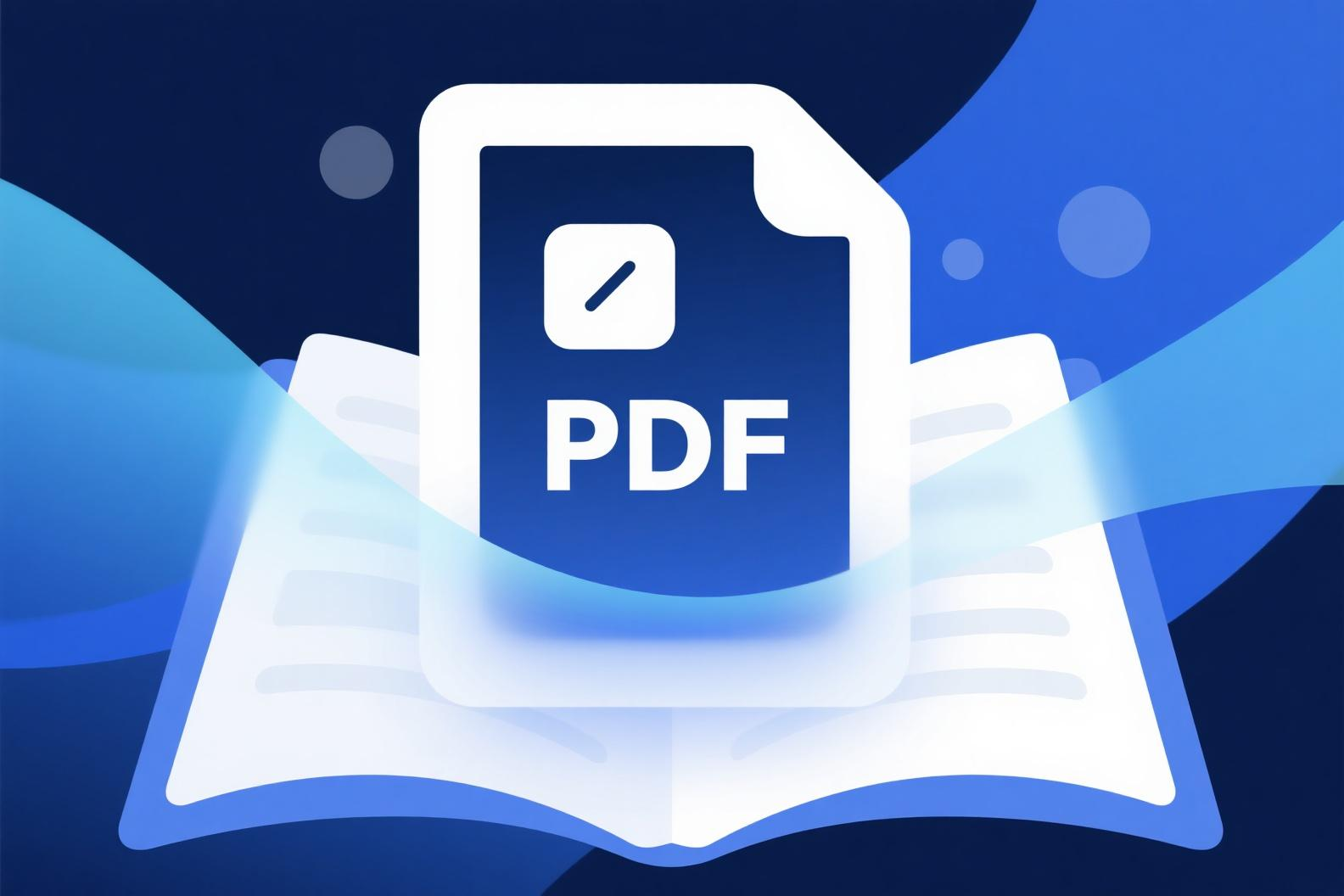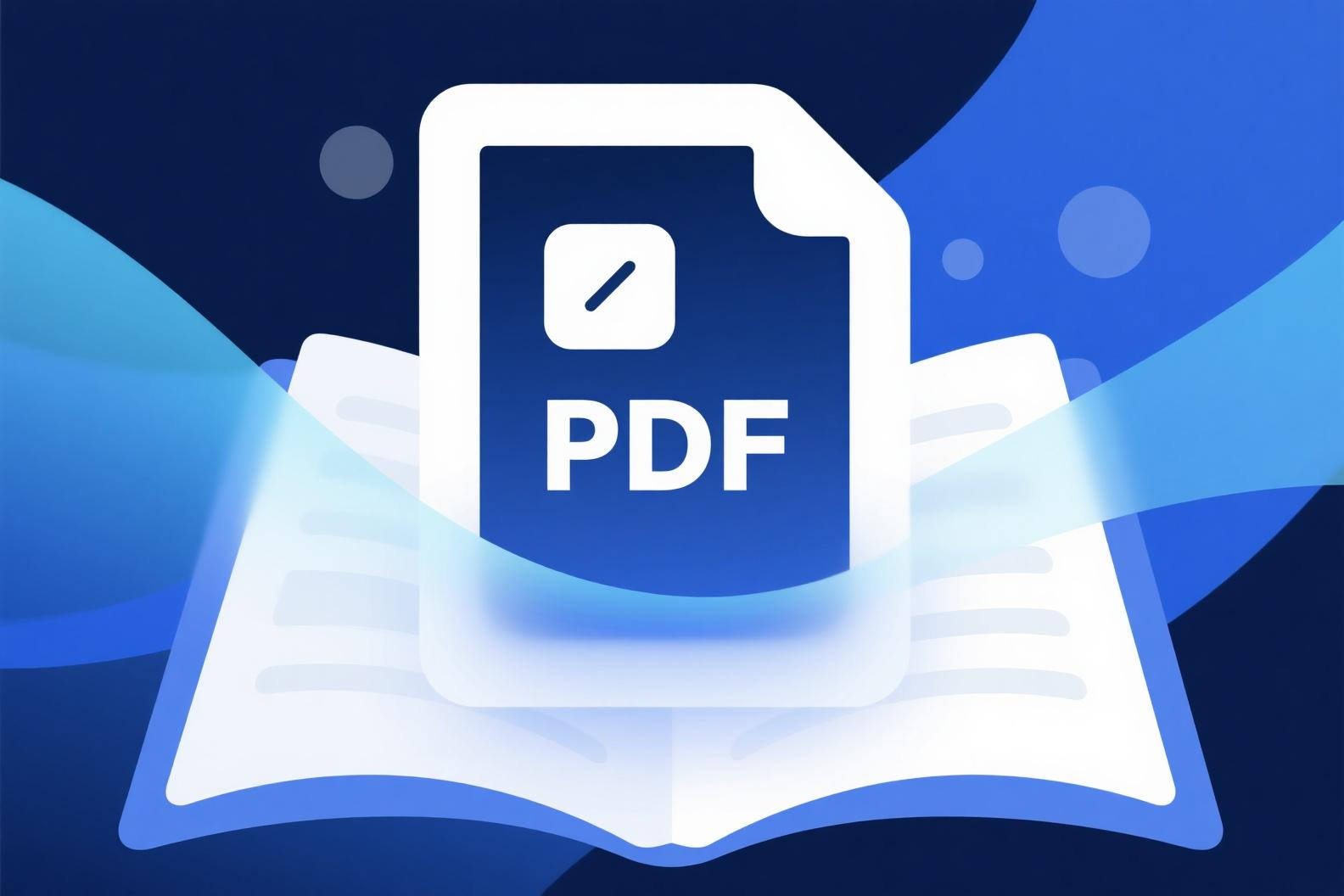Compressing a PDF is useful for reducing file size, but sometimes it leads to poor quality. Here’s why it happens and how to fix it.
Why Does PDF Quality Decrease After Compression?
-
Aggressive Compression Settings – Some tools reduce image resolution too much.
-
Text & Graphics Mixed – Scanned PDFs or image-heavy files lose sharpness.
-
Low Original Resolution – If the source PDF is already low-quality, compression makes it worse.
How to Compress PDF Without Losing Clarity
✅ Method 1: Use a Smart Online Compressor (Recommended)
Tools like PDFSail optimize compression while preserving readability:
-
Go to PDFSail’s PDF Compressor.
-
Upload your PDF.
-
Choose "High Quality" mode.
-
Download the compressed (but still clear) PDF.
📌 Why This Works: It balances file size and quality intelligently.
✅ Method 2: Adjust Compression Settings in Adobe Acrobat
If you have Adobe Acrobat Pro:
-
Open the PDF → File > Save As Other > Reduced Size PDF.
-
Select "Preserve Visual Quality".
-
Save and check the result.
✅ Method 3: Compress Only Images (For Scanned PDFs)
If your PDF contains mostly images:
-
Use a tool like PDFSail’s Image Compressor.
-
Lower image resolution without affecting text.
How to Fix an Already Blurry PDF
If your PDF is already compressed poorly:
-
Try OCR (Optical Character Recognition) – Tools like PDFSail OCR can sharpen text.
-
Re-extract Original Images – Use a PDF-to-JPG tool, then re-insert them at higher quality.
Best Practices for High-Quality PDF Compression
✔ Use "Lossless" or "High Quality" Mode (Avoid "Maximum Compression").
✔ Compress Only Large Images (Leave text untouched).
✔ Check Before Finalizing – Preview the compressed version.
For reliable compression, try PDFSail’s Smart PDF Compressor – keeps your files small and clear!



